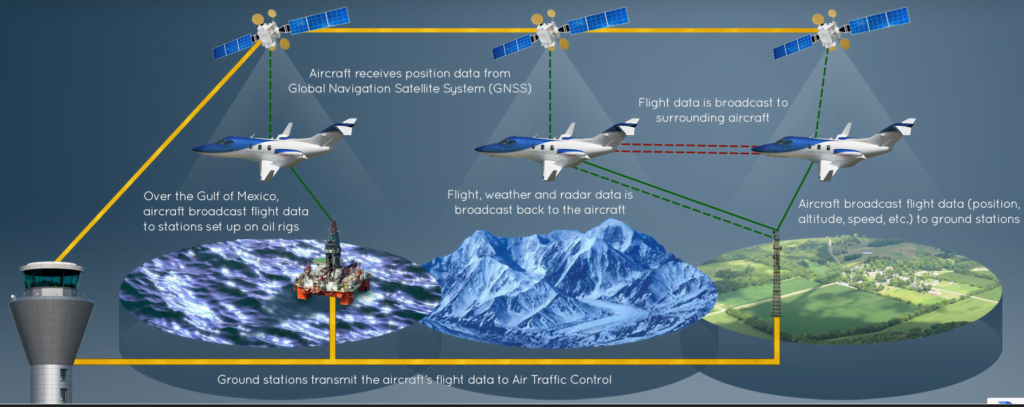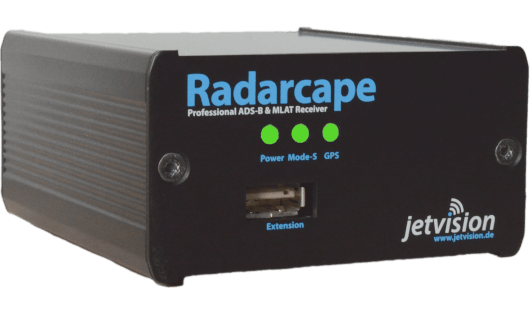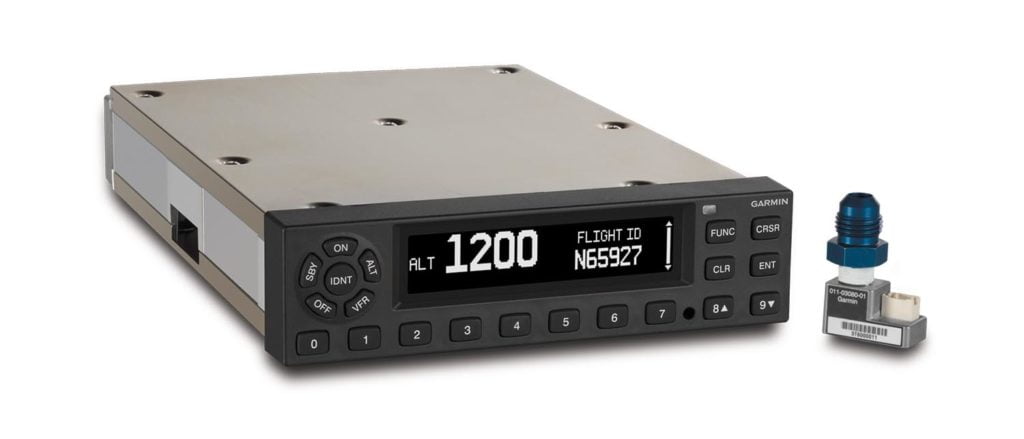How to go Anonymous on FlightRadar24
“I wouldn’t really want to share with the public who I see and where I go in my car and, since I use the heli a bit like a car, I apply the same principle.”
We recently decided that we didn’t want our every movement tracked by the public, including all the history of our flights, ever. I wouldn’t really want to share with the public who I see and where I go in my car and, since I use the heli a bit like a car, I apply the same principle. It’s not an issue for the charter market, because the passengers are not connected in any way to the aircraft registration. It is only relevant for owners/operators.
GDPR Rules in Europe
[Section on GDPR added November 2022]
The General Data Protection Regulation became active in 2018 in the whole European Union and the UK. The law mandates companies to be more diligent in handling their customers’ personal data. Crucially, before any data can be processed or stored, the customers (“data subjects”) have to give their consent. Flight data are clearly personalized and should be treated as such, following the rules of the GDPR.
Perhaps other Helipaddy pilots have wondered about FlightRadar24, Automatic Dependent Surveillance and Broadcast (ADS-B), and all the other flight trackers? (there are a dozen of them at the time of writing)
ADS-B Out operates by transmitting the aircraft’s unique ICAO address, making identification by any individual with an ADS-B receiver possible. Real-time tracking of the geographic location of a specific aircraft is possible, generating privacy concerns for the aircraft operator community. The National Business Aviation Association (NBAA), and members of the General Aviation (GA) community have cited the lack of privacy as a barrier to ADS-B Out adoption.

All aircraft owners currently, and probably unwittingly, publish their ICAO 24-bit aircraft address in the public domain. For G-reg aircraft, click here and you can see yours. This will be the same code that was mandatorily (is that a word?) programmed into your transponder at the time it was fitted. Therefore the only effective way to go anonymous is to unlink your aircraft from the hex code of the transponder somehow. Otherwise, anyone with an ADS-B receiver who can pick up your transponder signals {known as mode S) will know you are nearby. A more accurate position is possible with newer “squitter” transponders that also send the exact location – most modern aircraft send this information to ADS-B ground stations.

We did wonder if there was a setting inside the transponder to anonymous the transmission other than “OFF”. In the US, transponders are “UAT” based and can have an anonymous switch whilst squawking 1200 (the equivalent of our 7000) which hides the tail number. But this isn’t much use as they still squawk the ICAO code. Remember the registration number / ICAO hex code is a public lookup table. This is also the problem with the Flight ID service offered by some use flight plan companies.
The Solution
US (FAA)
The FAA has now put in place a plan to protect the privacy of operators from real-time flight-tracking services. The Privacy ICAO Address (PIA) Program provides a portal to accept requests from operators seeking to keep their real-time ADS-B position and identification information private. Those operators will receive an alternative, temporary ICAO aircraft address that is not linked with their FAA registration information. To qualify, the aircraft must be U.S-registered, 1090-MHz ADS-B equipped, and fly in U.S. airspace. At the time of writing it wasn’t clear whether the CAA in the UK was adopting the same scheme and I couldn’t find anything on their website. A downside of the PIA program is that you have to get a Flight ID at a cost of around £200/year.
It turns out that there’s one big loophole in the PIA program according to Plane and Pilot Magazine: the Freedom of Information Act. All of this private data can be had with a simple letter sent to the FAA requesting it, and that’s exactly what people and companies do. One company, in particular, sends regular FOIA requests to the FAA in order to sell competitive data to other companies. It simply asks the FAA regularly for a list of all PIA addresses and who they belong to. Then it sells elaborate reports telling companies exactly what ALL their competitors’ aircraft are doing at all times. It may be legal, but let’s just say that the ethics of this practice are questionable at best.
Europe
FlightRadar24’s website didn’t provide us with any instructions on how to get removed. When we approached them directly, we were advised that we couldn’t do anything about it. The Helipaddy team pressed a little harder, though, and got a different answer. It was suggested we try and join the FAA’s LADD program and that would anonymise us on their service.
Note here that we do not want to be invisible to traffic, nor is it even possible, we just didn’t want our location history in the public domain. It seems a bit unlikely that a US FAA service would anonymise our G-reg aircraft in the UK, but FR24 have decided to respect the LADD block list. All we had to do was email proof of ownership to FR24 and email our request to [email protected]. About 3 days later, our registration disappeared from the search on FR24 and, as expected and as we wanted, our aircraft can still be seen on the live map.

What about data sources and other Tracker Apps?
I had a quick look at other tracker services to see if they also respect the LADD block list and it is unclear. Location data is possibly available from sources other than the FAA (which is also known as the SWIM network) e.g.
Data Sources for Trackers
- Air Navigation Service Providers (ANSPs) – eg NATS. It’s not clear what location data NATS, for example, can pick up and make public. However, ANSP’s are cited as a source in FlightAware
- ACARS Datalink (VHF or SATCOM) – anyone is able to intercept these messages but only large aircraft use it
- Terrestrial ADS-B Network – private nerds who intercept transponder replies. Not much you can do about this if your aviation authority doesn’t have a PIA program.
- Aireon℠ Space-Based ADS-B – this covers the oceans, polar regions, mountainous regions, jungles, deserts. Not really relevant to helicopters.
- Airline FLIFO – these are operational events concerning terminals, baggage etc. and not relevant to GA helicopters.
Tracker Apps
- FlightAware – use all the above sources. Seems to respect LADD block list.
- FlightRadar – they have been giving out free receivers to enthusiasts. However, they do respect LADD and I can vouch for this
- ADSD Exchange – the worst from a privacy perspective: “you’ll never see an aircraft censored or blocked”from our site. If one of our feeders is receiving it, the data will be there. This includes military, and other aircraft that attempt to be unlisted. Hint: to see some of the planes not shown by other sites, from the map page, right-hand column, Filters -> LADD -> Filter. This primarily applies to US registered aircraft.”
- Planefinder – do not respect LADD. “Flight data information is captured and stored indefinitely.”
- Flightview, Flightstats, App in the Air, FlightBoard – appears to be aimed at airlines
- Planes Live – do not respect LADD
Finally…
…to quote a forum post on this subject:
“I don’t care about ADS-B tracking. I’ve never had any expectations of privacy while flying my airplane, and if it was a concern, there are ways to mitigate it.”


